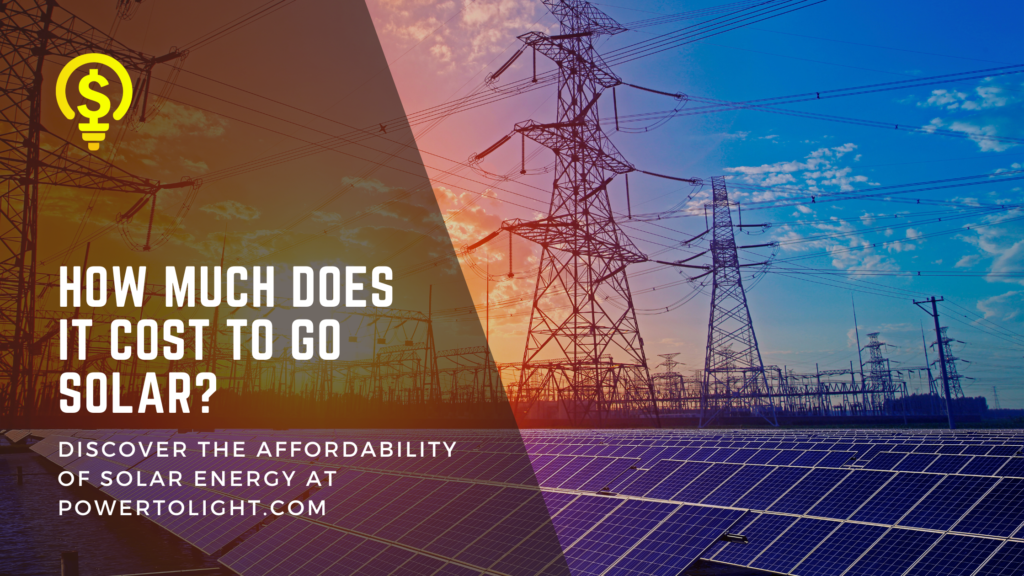
Introduction:
One of the most common questions for homeowners considering solar energy is the cost. Understanding the initial investment and the factors that influence the overall cost is crucial for making an informed decision.
Content:
Initial Investment for Solar Panel Installation
The cost of installing a solar panel system varies widely based on several factors. On average, the price can range from $15,000 to $25,000 after tax credits. However, this cost can be higher or lower depending on the system’s size, the type of panels, and the installation complexities.
Factors Influencing the Cost
- Size of the System: The total cost is significantly influenced by the size of the solar system, measured in kilowatts (kW). A larger system will generate more electricity but will be more expensive.
- Type of Solar Panels: There are different types of solar panels with varying efficiency rates and costs. Higher efficiency panels are usually more expensive but may be necessary for homes with limited roof space.
- Installation Complexity: The layout and condition of your roof, any necessary upgrades, and the complexity of the installation can affect the total cost. For example, a roof that requires structural reinforcement before installation will add to the costs.
- Labor Costs: These can vary depending on the region and the installer’s expertise.
- Additional Equipment: Costs for inverters, battery storage, and monitoring systems add to the total investment.
- Permits and Inspections: Local permitting and inspection requirements can also impact the cost.
Rebates and Incentives
Various incentives can reduce the upfront cost. The Federal Solar Investment Tax Credit (ITC), state rebates, and local utility incentives can significantly offset the initial investment.
Long-Term Savings
While the upfront cost can be substantial, solar panels can offer long-term savings. By reducing or eliminating electricity bills and protecting against rising energy costs, solar installations can pay for themselves over time.
Financing Options
Solar financing options, such as solar loans, leases, and power purchase agreements (PPAs), can make going solar more accessible by spreading out the cost over time.
Conclusion:
While the initial cost of going solar can vary widely, understanding these factors and taking advantage of available incentives can make solar energy a financially feasible option for many homeowners. With the potential for long-term savings and the benefit of contributing to a sustainable future, solar energy presents an increasingly attractive investment for those looking to reduce their environmental footprint and energy costs.
